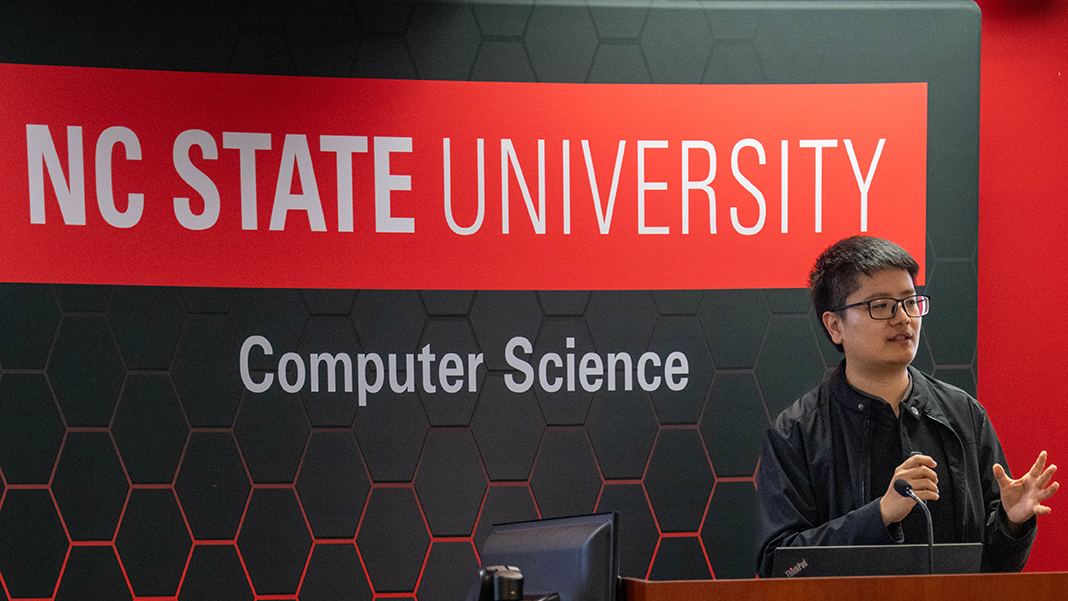Fourth year Ph.D. student, Zachary Park, has been selected to receive the U.S. Department of Energy (DOE) Office of Science Graduate Student Research (SCGSR) award for his proposed research project, “Investigating the Interfacial Chemistry of Liquid Metals in Batteries,” to be conducted at Oak Ridge National Laboratory in Tennessee.

The DOE SCGSR program provides supplemental awards to outstanding U.S. graduate students to pursue part of their thesis research at participating laboratories and facilities in areas that address scientific challenges central to the DOE Office of Science mission. “The Department of Energy is committed to supporting and growing America’s science and technology workforce,” said Harriet Kung, Acting Director of the DOE Office of Science. “These awards are given at a critical time in a graduate student’s career, and we’re honored to be a part of the journey. SCGSR nurtures talent and curiosity in students from all walks of life to meet our greatest scientific challenges.”
Zach chose to submit this proposal to the DOE SCGSR program because it gives him the opportunity to collaborate with battery experts in cryo-TEM and cryo-FIB/SEM at a national lab. Additionally, it gives him a chance to explore working at a national lab as a future career path.
At NC State, Zach conducts research in Profs. Dickey and Fedkiw’s labs. His research focuses on understanding the behavior of gallium-based liquid metals (GLMs) in alkali-ion batteries using cryo-TEM and cryo-FIB/SEM. He is interested in using GLMs as an electrode material in rechargeable batteries because of their high theoretical capacity, enhanced durability, and low toxicity. Since GLMs are liquid phase at room temperature, they are hypothesized to mitigate capacity fade though a “self-healing” behavior during ion insertion and de-insertion, promoting enhanced cyclability and durability. However, the mechanism behind this “self-healing” behavior is not well understood due to the complex nature of the evolving electrochemical interface and lack of real-time observations. The proposed project will allow Zach to observe how the interface between GLMs and conventional battery electrolytes evolves at nano-scale lengths. Also, the work may enable researchers to develop commercial lithium-ion or sodium-ion batteries that incorporate gallium-based liquid metals for higher energy densities and longer lifespans. These batteries could be used to power electronics or store energy generated from renewable energy sources like solar or wind energy.
This post was originally published in the Department of Chemical and Biomolecular Engineering.
- Categories:



